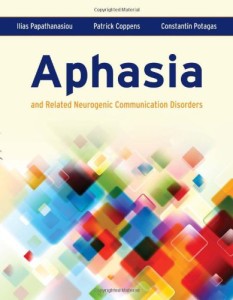The dentate gyrus (DG) is one of the most sensitive regions to various brain insults due to the occurrence of neurogenesis in its subgranular zone. Thus, it may serve as a brain sensor to radiation exposure, chemical and biological toxins, alcohol abuse, smoking, drug treatments, hormone imbalances, stress, pain, hypoxia, brain trauma, malnutrition and aging. DG is also involved in the pathogenesis of multiple neurological and neuropsychological disorders including intractable temporal lobe epilepsy (TLE), Alzheimer’s disease (AD), major depressive disorder (MDD), post-traumatic stress disorder (PTSD), and schizophrenia.
Over decades of research, our understanding regarding the function and physiology of the DG is ever-changing. While it is commonly believed that the dentate granule cells are primarily responsible for executing higher brain functions such as learning and memory, there is increasing evidence demonstrating that the glial cells, particularly microglia, astrocytes and oligodendrocytes, are also involved in memory formation. Therefore, a book that systematically reviews DG structure, function and health implications is needed to update clinicians and researchers with state-of-the-art knowledge.
In the first three chapters of this book, the recent progresses in the study of DG development with relevant molecular mechanisms, the cytoarchitectonics of DG with laminar and sublaminar distribution of different types of neurons and glial cells, as well as afferent and efferent of the DG and their neurophysiological roles will be described respectively. In Chapters 4 and 5, DG as a brain sensor to radiation exposure, and pre- and post-natal radiation-induced DG damage and cognitive impairment will be reviewed accordingly. The involvement of DG in pathogenesis of neurological disorders including TLE and AD will be discussed in Chapters 6 and 7. Finally, in the last two chapters, i.e., Chapters 8 and 9, the roles of DG in the development of neuropsychological disorders including MDD, PTSD and schizophrenia will be presented.
Product details
- Language : English
- ISBN-10 : 1685072127
- ISBN-13 : 978-1685072124
- ISBN-13 : 9781685072124
- eText ISBN: 9781685072407
- Item Weight : 1.34 pounds
- Dimensions : 9.13 x 1.14 x 6.18 inches










Reviews
There are no reviews yet.